Aneutronic Fusion
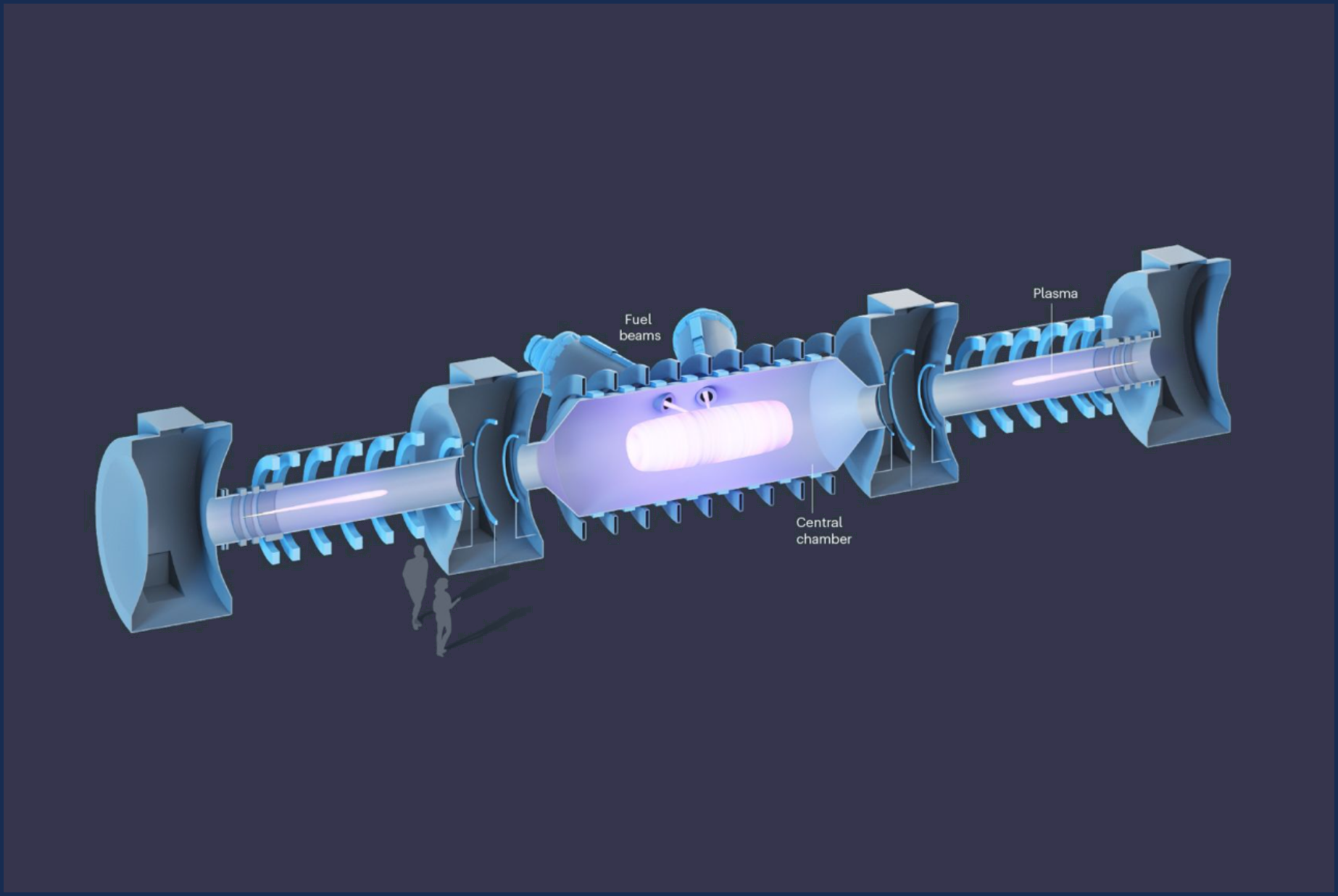

The aneutronic fusion projects propose to use alternative fuels to deuterium-tritium to avoid the emission of neutrons. Details of these alternative fuels are included on the page: Alternatives to Mainstream Nuclear Fusion.
While the use of these fuels would solve major problems with mainstream fusion, it would create a new issue of energy extraction. In conventional, D-T, fusion, the neutrons take out the energy and create heat in the breeder blanket which is used via a steam generator to produce the electricity and without the neutrons the electricity must be generated in a different way. Advocates for aneutronic fusion say this issue is an advantage because the charged particles carrying the energy could be used by "direct conversion" to produce electricity. In practice no direct conversion method has been experimentally demonstrated to actually work.
Projects proposing the use of Aneutronic Fuel
The were six private fusion companies with accumulated funding > $5 million in 2023 as shown in table 1.
Company | Fuel | Power (MWe) | Technology |
| TAE | p-B11 | 350-500 | Field reversed configuration |
| Helion | D-He3 | > 50 | Field reversed configuration |
| ENN | p-B11 | 200 | Spherical Tokamak |
| Marvel Fusion | p-B11 | 200 - 1000 | Laser-driven inertial |
| LPP Fusion | p-B11 | 5 | Dense plasma focus |
| HB11 | p-B11 | 300 - 500 | Direct laser-driven |
Table 1. Aneutronic Fusion private companies each of which has accumulated funding > $5 million (taken from Global Fusion Industry Report).
TAE Technologies
The TAE Technologies Company the second largest private fusion company with $1.2 billion of accumulated funding and ~600 employees. It was founded on the basis of using p-B11 fuel.
The TAE fusion concept involves accelerating two rings of plasma into collision in a central chamber where large amounts of external energy are injected to produce fusion conditions. Since the company foundation in 1998, a series of prototype device have been built and planned as shown in Figure 1.
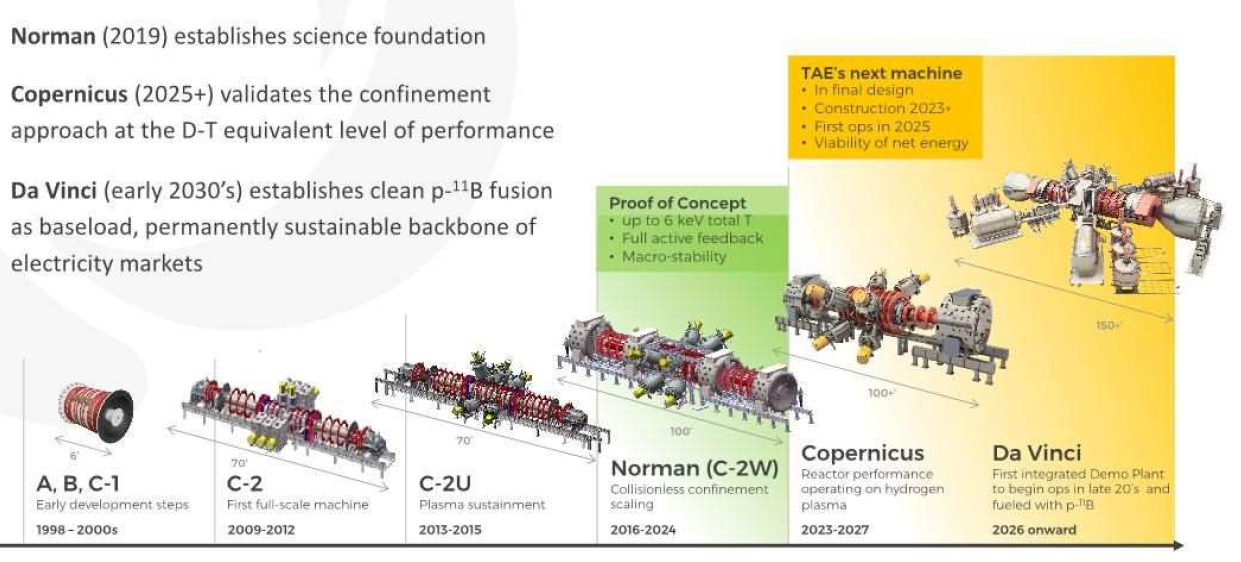
Figure 1. TAE device development timeline which promises to puts electricity on the grid in the 2030s.
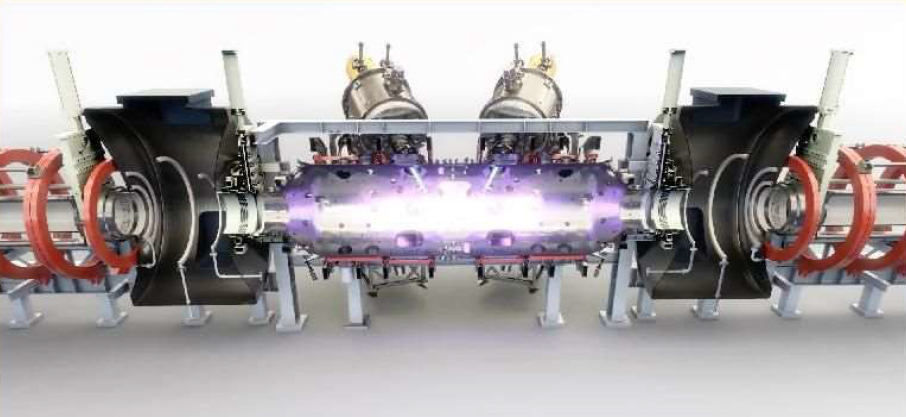
Figure 2: TAE: fusion region in Norman (C-2W) prototype. No detailed drawings of TAE device but from photographs it is possible the estimate the cylindrical fusion region has dimensions around 12 X 2 m.
Projections for the Copernicus prototype are that it will operate in 2025 with temperatures of 10+ keV (p-B11 fusion would require 200+ keV) and 3 second pulse length.
The essential issue for this fusion device, without neutron energy output, is that of energy extraction. The company website says nothing about this but the presentation pB11-reactor: trends and physics issues by S. Putvinsk of TAE giving some information. This document says 80% of the fusion energy will be in the form of 100-200 keV photons from Bremsstrahlung which will be stopped in an absorber with the heat extracted thermally with 50% efficiency. The remaining 20% of energy in the charged particles will be recovered electrostatically with 85% efficiency.
Helion
The Helion company, formed in 2013, is the private company with the 4th highest declared funding at $600 million in 2023. It is the company making the most optimistic claims but also one of the companies where very few technical details are publicly available.
Helion plans on using D-He3 fuel in a colliding beams device in which two rings of plasma combine in a central chamber, a concept similar in general terms to that of TAE. The use of the rare isotope of helium 3 clearly means they accept the arguments that p-B11 is not a viable fuel. Figure 5 schematically shows their device concept.
The only published paper announced on the Helion website is: Fundamental Scaling of Adiabatic Compression of Field Reversed Configuration Thermonuclear Fusion Plasmas, which gives some theoretical calculations of the method but zero engineering details of their machines. The presentation: Slides for January 26, 2021 Virtual Public Meeting on Developing a Regulatory Framework for Fusion Energy Systems, which gives the only clear technical details on their website as follows.
- Two ring-shaped plasmas (FRCs) are propelled from opposite ends of the accelerator. They collide at the centre and are compressed by a magnetic field, releasing fusion energy.
- The whole process takes less than 1 millisecond from start to finish and is repeated every 10 minutes.
- Energy is directly recaptured and recycled in a capacitor bank (upwards of 95% energy recovery).
- Goal for 7th Gen accelerator is to run 1 Hz for short period.
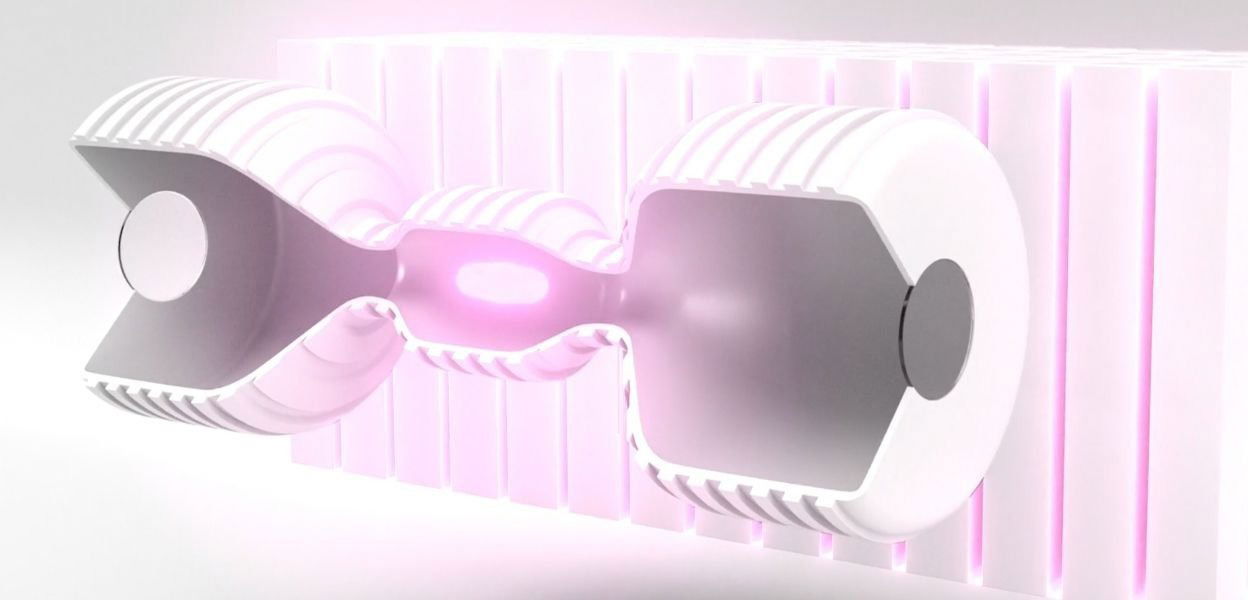
Figure 5. Schematic illustration of Helion concept
ENN
ENN is a large Chinese energy conglomerate which has an activity with fusion research, enn energy research institute. The website in English shows few details of their activities.
Marvel Fusion
Marvel Fusion was establish in 2019, in Germany. By 2023 the company had funding of $110 million with 70 employees. The company is developing technology for laser-driven direct drive inertial confinement fusion. The plan is to use pB11 fuel.
LPP Fusion
LPP Fusion was formed in 2003 and has accumulated funding of $10 million. In 2023 it had just 4 employees. The company is developing a Dense Plasma Focus machine which is one of the oldest devices to create fusion. It was invented in 1954 by Nikolai Filippov who worked on early pinch machines in the USSR and noticed that certain arrangements of the electrodes and tube would cause the plasma to form into new shapes. The device consists of two nested cylinders enclosed in a vacuum chamber. When a high voltage is applied between the two electrodes a plasma is formed in a way which produces a high density and high temperature, for a very short time (micro-seconds), so fusion can occur.
The paper: Focus Fusion: Overview of Progress Towards p-B11 Fusion with the Dense Plasma Focus describes the developments of LPP Fusion. Figure 6 shows the outside of the vacuum chamber of the small prototype device, which has inside a drift tube of 3cm.
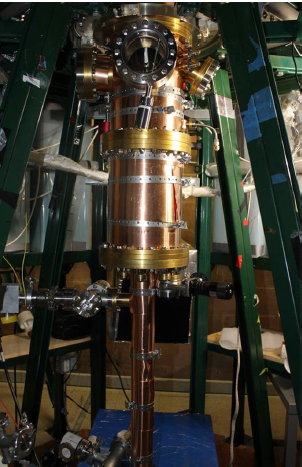
Figure 6, LPP fusion prototype FF-2B showing vacuum chamber and drift tube.
Figure 7 shows an illustration of the 5 MW commercial fusion reactor the company is proposing. The charged particles emitted in the fusion reactions would be converted to electricity inductively in a coil. The x-rays would be captured by a highly multi-layered photoelectric device, in which thin metal foils would convert a portion of the x-ray energy into electrons, which would be captured on a set of charged grids. As yet, such a device has never been made.
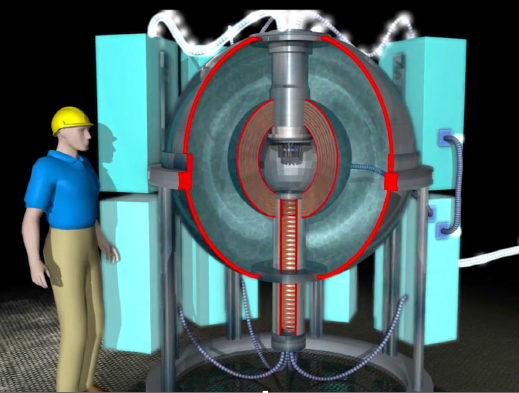
Figure 7, LPP fusion: commercial reactor proposed to give an electrical power output of 5 MW.
It is expected the repetition rate could be 200 Hz, so with net electrical energy of 25 kJ per pulse, this would be a 5 MW electric generator.